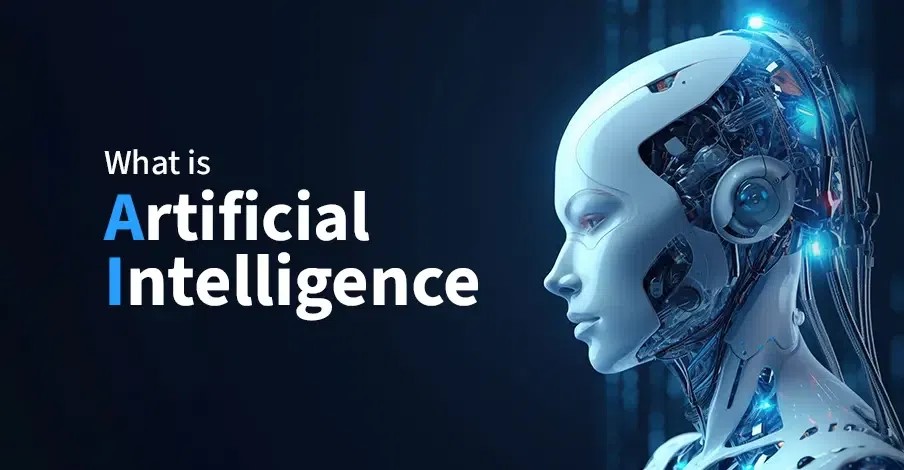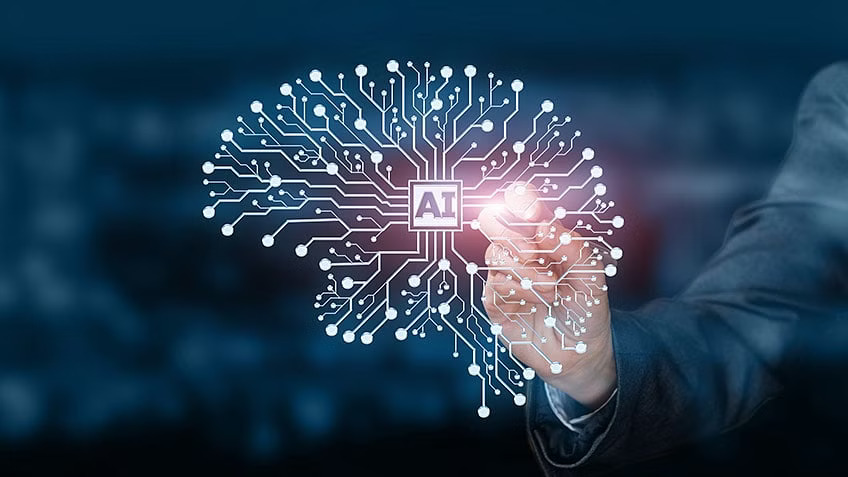Understanding Artificial Intelligence (AI) in Healthcare: Transforming Brain and Spine Treatment
Artificial Intelligence (AI) is revolutionizing industries worldwide, and healthcare is no exception. AI offers transformative potential in diagnosing, treating, and managing diseases, particularly in specialized fields like brain and spine healthcare. In this blog, we’ll delve into what AI is, its applications in neurology and spinal care, and its benefits and challenges.
What is Artificial Intelligence?

Artificial Intelligence refers to the simulation of human intelligence by machines, especially computer systems. These systems can perform tasks that typically require human intelligence, such as reasoning, problem-solving, learning, and decision-making. AI can be categorized into three types:
- Narrow AI: Focused on specific tasks (e.g., diagnosing a condition based on medical images).
- General AI: A theoretical form of AI capable of performing any intellectual task a human can do.
- Super AI: A future concept where AI surpasses human intelligence in every aspect.
Currently, narrow AI dominates healthcare applications.
AI Applications in Brain and Spine Healthcare
The brain and spine are complex systems, and even minor abnormalities can lead to severe health consequences. AI’s ability to analyze massive data sets and identify patterns has opened doors to groundbreaking innovations in this field.
1. Diagnosis
- Medical Imaging: AI-powered tools analyze MRI and CT scans to detect tumors, spinal cord injuries, and brain disorders like Alzheimer’s disease with remarkable accuracy.
- Pattern Recognition: AI systems help identify early signs of conditions such as multiple sclerosis or Parkinson’s disease.
2. Treatment Planning
- Personalized Medicine: AI can design customized treatment plans based on a patient’s unique genetic profile and health history.
- Surgical Assistance: Robotic systems, guided by AI, enable highly precise surgeries, reducing risks in delicate procedures like spinal decompressions or brain tumor excisions.
3. Rehabilitation
- AI-driven tools help monitor patient recovery and adapt therapy regimens in real time. For instance, wearable devices paired with AI track motor functions in stroke patients, offering insights for better rehabilitation strategies.
4. Predictive Analytics
- Predictive models powered by AI can foresee potential complications in patients with traumatic brain or spinal injuries, allowing for timely interventions.
Benefits of AI in Brain and Spine Healthcare

- Accuracy and Efficiency: AI enhances diagnostic precision and reduces human error.
- Speed: Processes that once took hours, like analyzing imaging data, can now be completed in minutes.
- Cost-Effectiveness: By improving diagnostic accuracy and reducing the need for repeated tests, AI can lower healthcare costs.
- Accessibility: Remote AI tools enable underserved regions to access expert-level diagnostics and care.
Challenges and Ethical Considerations
Despite its benefits, AI in healthcare comes with challenges:
- Data Privacy: Handling sensitive patient information requires robust security measures.
- Bias in AI Models: AI systems may inherit biases present in training data, affecting accuracy across diverse populations.
- Regulatory Approvals: AI tools must undergo rigorous testing and approval processes to ensure safety and efficacy.
- Trust and Adoption: Convincing healthcare professionals and patients to trust AI tools is a significant hurdle.
Future of AI in Brain and Spine Care

The future holds immense promise for AI in brain and spine healthcare. Emerging technologies like machine learning, natural language processing, and neural networks will continue to enhance diagnostic capabilities and treatment outcomes. AI may soon integrate seamlessly with tools like brain-computer interfaces (BCIs) and advanced imaging techniques, offering unprecedented levels of care.
Conclusion
Artificial Intelligence is not just a tool; it’s a game-changer in brain and spine healthcare. From aiding in early diagnosis to facilitating precise surgeries, AI is transforming the way we approach complex neurological and spinal disorders. As this technology evolves, its potential to improve patient outcomes and revolutionize healthcare practices will only grow.
If you’re passionate about staying updated with cutting-edge innovations in brain and spine health, follow our blog for more insights!


Leave a Reply